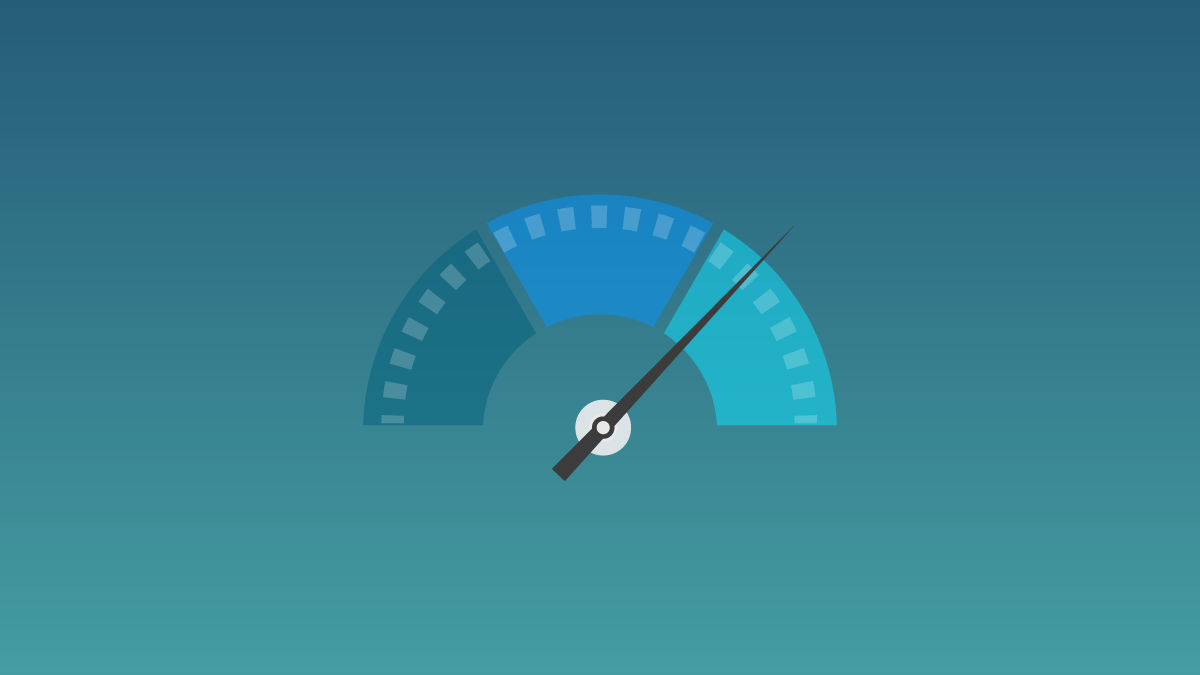In today’s digital ecosystem, businesses rely heavily on APIs (Application Programming Interfaces) to connect systems, deliver services, and scale operations. However, managing API traffic is not as simple as letting requests flow in freely. Without proper controls, APIs risk becoming overloaded, leading to performance issues, downtime, and poor user experience.
Two common techniques to handle this challenge are Rate Limiting and Throttling. While often used interchangeably, they are not the same. Understanding their differences—and how they can work together—is key to building resilient and user-friendly digital services.
What is Rate Limiting?
Rate limiting is a mechanism that blocks requests before they are processed if they exceed a predefined limit. For example, if a user is only allowed 100 requests per hour, the system will reject the 101st request outright.
This approach is proactive. It ensures that no client can consume more resources than allowed, keeping the system stable and fair for all users.
Pros of Rate Limiting:
- Prevents system overload from the start.
- Ensures fairness by distributing resources evenly.
- Provides clear boundaries for API usage.
Cons of Rate Limiting:
- Users may face errors when hitting limits.
- Can disrupt user experience if limits are set too strictly.
What is Throttling?
Throttling is a technique that slows down or queues requests that exceed a certain threshold instead of blocking them entirely. For example, if a user tries to send 200 requests per minute when the system can only handle 100, the excess requests are delayed rather than rejected.
This method allows users to still get served, but at a controlled pace, protecting the system from overload while maintaining service continuity.
Pros of Throttling:
- Maintains smoother user experience compared to outright blocking.
- Helps balance load during peak demand.
- Ensures system stability while still processing requests.
Cons of Throttling:
- Users may experience delays.
- Requires careful tuning to avoid long wait times.
Key Differences Between Rate Limiting and Throttling
1. Timing:
- Rate limiting prevents requests before they are processed.
- Throttling controls requests that have already entered the system.
2. Action Taken:
- Rate limiting blocks excessive requests.
- Throttling delays or queues excessive requests.
3. Goal:
- Rate limiting prevents overload proactively.
- Throttling manages load reactively during spikes.
4. User Experience:
- Rate limiting can cause errors or rejections.
- Throttling keeps service available, though slightly slower.
Why Use Both Together?
In practice, combining rate limiting and throttling often produces the best results. Rate limiting provides a hard boundary, ensuring no user abuses system capacity, while throttling ensures smoother user experiences during sudden traffic spikes.
For example, in a self-service call center portal, APIs might use:
- Rate limiting to prevent a single client from overwhelming the system.
- Throttling to ensure all users still receive responses, even if slower, during peak times.
Together, these mechanisms strike the right balance between protecting backend systems and delivering reliable customer experiences.
Final Thoughts
Rate limiting and throttling are both essential strategies for managing API traffic. While they serve different purposes—blocking versus slowing—they work best when implemented together. By combining proactive and reactive controls, businesses can safeguard performance, reduce downtime, and maintain trust with users in a fast-paced digital world.

